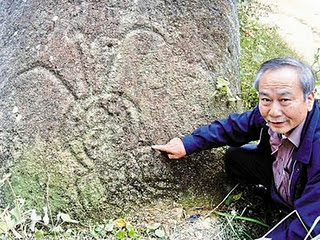
This time of year is often constant "Twilight" up here on our little island in the north. Our homestead will be dark and shady until late February when the sun returns to our small valley.
This got me thinking about rainy, drunken nights in the Pacific Northwest and the crazy stuff that happens at times.
Years ago I had a girlfriend that lived in an old houseboat. Now, anyone that has lived near the water knows that huge rats live in the rivers and sloughs around here, and they can be a problem. In this case, the owner of the moorage had put rat poison out, which can also be a problem because other animals can either eat it or eat the rats and get sick. It's not pretty.
Basically, some rat poisons use a blood thinner like warfarin coumadin, which human heart patients take to thin their blood. The rats blood thins and I imagine they die from hemorrhaging.
This makes them get cold, especially if it's winter, and they try to get into a warm house.
So one night a bunch of our friends were all hanging out with a few cases of beer in my girlfriends houseboat. I had some old coyote leg-hold traps, the kind that will take a finger off if you trip it accidentally, and I had set them on her back deck hoping to kill a few rats.
Over the noise of drunken humans, we heard the snap of a trap outside and we ran out to kill rats. Sure enough, one was caught up to his shoulder in the steel-jawed trap, and I took a mighty swing at it with my axe.
As my aim was guided by many Beers, I clipped the rat and tore it's arm off.
Bad swing.
The three-legged rat dove off into the water, leaving it's arm in the trap.
The next day while I was at work, my girlfriends daughter screamed from the bathroom of the houseboat; a rat was climbing into the insulation around the hot water heater.
You see, the poison had thinned it's blood and it was trying to stay warm.
My girlfriend got one of our buddies off the dock and gave him her Beretta .22 pistol to shoot the rat, which he did.
I asked about the incident later in the day, and he told me he had shot the rat and threw it into the water outside.
He said the rat was still alive and was trying to swim away.
And there was something else:
The rat only had three legs.
So that rat had been poisoned, trapped, hit with an axe, shot with a Beretta .22, and thrown in the water to drown.
But it swam away...



















